Experience the Transcend Design Generator for T&D Infrastructure
Utilities, engineering consultants, developers, and equipment suppliers in the power industry have a tough job to do: maintaining existing infrastructure while also building more innovative, resilient infrastructure… all under extreme time, budget, and human capital constraints.
That’s where Transcend comes in. The Transcend Design Generator (TDG) automatically generates unique, optimized engineering design packages for electrical substation facilities; removing bottlenecks in capital planning efforts and accelerating the buildout of modern and sustainable grid infrastructure.
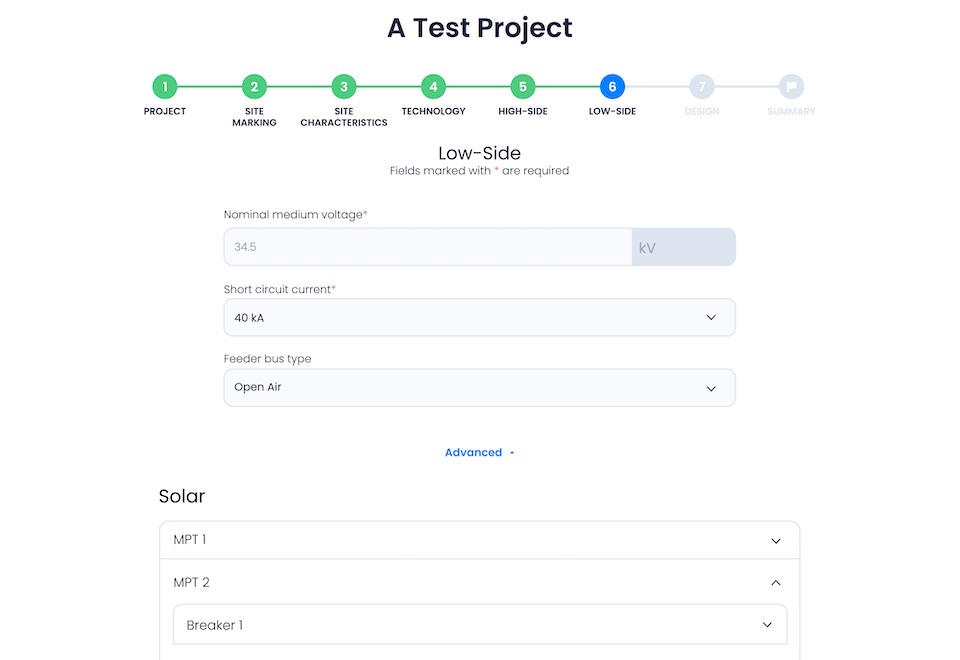
More than 360M people in over 70 countries have been impacted by Transcend designs
Let’s design better infrastructure – start your journey today or book a demo through the links on the right.

Intuitive & Accurate
TDG enables experts and novices alike to generate and analyze complete preliminary designs for substation facilities. Following the entry of a few simple input parameters, TDG works in a fully automated fashion.
To ensure data quality & accuracy, TDG offers various tool tips and suggestions to guide the user and also incorporates data validation rules. The data validation is based on general design principles used in all substation design engineering, independent of size, location or technology. Expert users can have more control over the design by incorporating specific, customized input parameters, resulting in designs which more closely match specific client requirements for any project.
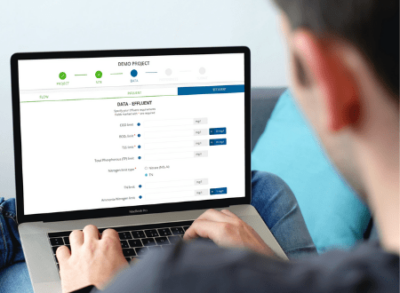
Adaptable Core Power System Design
TDG automatically architects and arranges all major substation components; seamlessly connecting engineering disciplines, following the same workflow experienced engineers have used to develop substation designs for decades. The aggregate design is stored in a proprietary data structure that is used to catalog every piece of data and parameter relevant to the design.
The facility data, both user provided and calculated, is used as the basis for all drawings and project documentation, including Single Line Diagrams, Bill of Materials, and 3D BIM models. TDG is capable of creating engineering documents for Transmission, Sub-transmission, distribution and collector type substations in various configurations. In addition, due to the modular nature of TDG, the system can be configured to accommodate a wide range of utility and/or grid operator standards and alternative design objectives with ease.
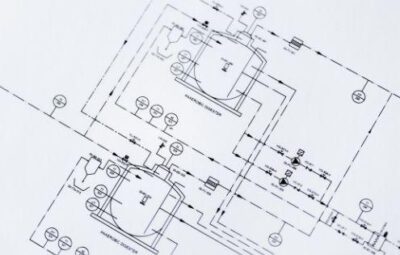
Equipment selection
TDG uses a combination of the input data, industry standards, best practices, and decision algorithms to size and select each piece of equipment needed to construct the substation. We work closely with our partners in order to ensure accuracy and consistency in the equipment models selected. TDG is also configurable to work with preferred Suppliers and Equipment Vendors, all the way down to the preferred model number and BIM object.

Abstract building modeling
Based on Civil, Structural, and Mechanical Engineering calculations, as well as Electrical Design outputs, TDG solves the challenge of placing all elements of the substation in physical 3D space: including a site that can be selected and marked by the user, if desired. A 3D model is generated automatically in the cloud, and all relevant data parameters are stored in our proprietary data structure.
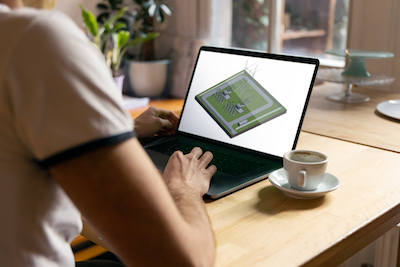
Building information model (BIM)
After all steps of designing the facility are completed, TDG data parameters are introduced into Autodesk REVIT or another BIM-based system capable of modeling and visualizing every element. In this environment, not only are 3D models generated, but whole databases are automatically and simultaneously created representing and describing the substation with pinpoint accuracy.
These databases store all engineering requirements, details, and properties in one central model, enabling TDG to introduce a final validation and filtering protocol, eliminating all errors and inconsistencies in the finished design and document outputs, and keeping qualities at the highest levels. All civil documentation, such as Floor plans, Sections, Layouts, Site Plans, Elevations, and Civil Bill of Quantity documents are automatically generated from this central model, while keeping all related annotations and remarks in a template that can be further customized for detailed engineering work as the project progresses.
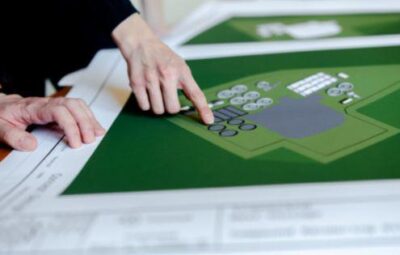
Drawing generator module
The various output packages of our Core Power System Design, Equipment Selection, and BIM are communicated directly to TDG’s Drawing Generator module. In return, Drawing Generator handles the complete process of drawing generation for all design output documents, including the Switching Single Line Diagrams.
Depending on the outputs, these documents are labeled with proper item quantities and equipment specifications, resulting in precise, accurate Single Line Diagrams and Process Schemes for each project. As a final step, all details from these document packages are collected in the central database and an Equipment List and GA Drawings are all generated. With this data the user can easily estimate the costs and footprint of the facility, allowing the user to make the best decision for a given project.
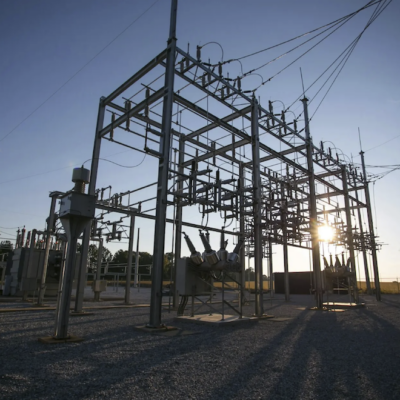
Simplify the interconnection process
The Transcend Utility Interconnection Hub simplifies the interconnection process by providing an automated platform that ensures developers submit fully compliant collector substation designs from the start. This helps utilities reduce the time and resources required for design iterations and speeds up approvals. Learn more about how to accelerate interconnection approvals with automated, compliant substation designs here.

Latest articles
Transcend believes each team member brings a unique viewpoint on what we do and how we do it. Read about Transcend through the eyes of some of our team members by clicking the links below.

Design a substation facility in minutes with TDG
The Transcend Design Generator has just entered a new industry within critical infrastructure, Power. We’re happy to finally introduce TDG’s…
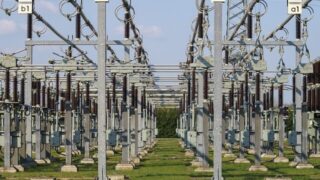
Exploring Substation Design Software: Revolutionizing Power Infrastructure
Traditionally, substation design involved complex manual calculations and drawings, but now, with the birth of advanced software solutions, the electrical…
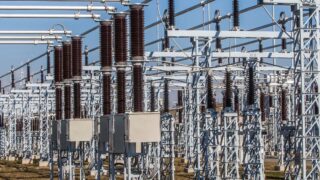
Master Planning Software for Power Utilities: Empowering Efficiency and Reliability
For any power utility, crafting a master plan is a critical step in ensuring reliable services, optimal resource allocation, and…


 WWTP Design
WWTP Design  Substation Design
Substation Design  Utility Interconnection Hub
Utility Interconnection Hub  White Label Proposal Generator
White Label Proposal Generator  PFAS Feasibility Study
PFAS Feasibility Study  Booster Station Design
Booster Station Design  Value Discovery Program
Value Discovery Program